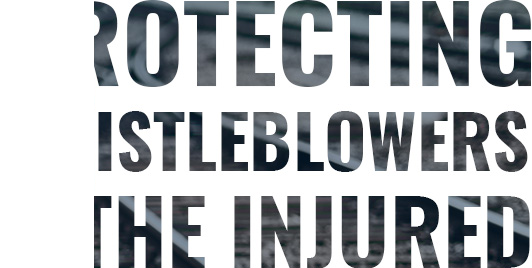Broken rails are responsible for more train derailments than any other reason, and there is a huge potential for injury and loss of life when a train derails. While railroad companies have taken advantage of technological advances to create safer rail tracks, they have not eliminated problems altogether.
Why do rail tracks break?
Once upon a time, the issue was that tracks were prone to deformation, which could cause a derailment. Thanks to the use of harder metals, deformation is much less likely. However, without that inherent give in the metal, modern tracks are prone to rolling contact fatigue. The train wheels can cause a series of tiny cracks to appear in the rail. If they increase in size and spread out to the sides, the result can be a break in the rail track.
There has been an increase in the use of railroads to move freight. At the same time, there has been a reduction in the rail network. So, more weight is traveling across less track. Thus, there is more strain than ever on each piece of rail.
What can rail companies do to prevent broken rails?
The forms of testing available are increasing in sophistication. They give railroad companies a better chance than ever of spotting cracks before they develop into broken rails. However, companies need to make use of this technology for it to have any effect.
Railroad companies that rely on outdated testing methods fail to do the best they can to protect their workers. The same goes for those who are not carrying out tests regularly enough.
The key to preventing broken rails is to test regularly, using the latest technology. If companies detect cracks early, they can grind them out before they become a significant hazard. While increasing test frequency and quality comes at a price, failing to do it could have an even greater cost in terms of injuries to railroad workers.

